
0 i q o u y !7 r !9 w !4 NCY3B6 NCY3B10, 15 !4 !8 !7 !6 !5 !0 i o q u y t r !2 w !1 The above drawing is 15. (3 magnets are used in 10.) NCY3B20 to 40 !3 !4 !1 !8 !6 !5 !7 !0 i q o u t y r e w !2 NCY3B50, 63 !4 !8 !6 !5 !0 !7 i o q u y t !3 r !2 w !1 Component Parts No.
AC 110 12 2 12 3 q e w e t y 220 10 1 10 1.5 440 6 1 3 1 550 5 0.8 2 0.5 r b contact w a contact r q DC 24 3 2.5 3 2.5 C C 48 1.5 1.2 1.5 1.25 When rising pressure q w = ON e r = OFF When rising pressure q e r y = ON q w r t = OFF 110 0.5 0.25 0.5 0.2 220 0.25 0.1 0.25 0.1 Insulation resistance: 100 M or more at 500 VDC by megameter Voltage resistance: 2000 VAC/1 min. 16-9-5 2 Series
Flow rate Q (Nl) Flow rate Q (Nl) Tube 2,000 Tube 2,000 mm 500 mm 6 x 8 pcs. 6 x 8 pcs. 500 mm 500 mm mm 6 x 6 pcs. 6 x 6 pcs. 6 x 6 pcs. 6 x 6 pcs. Time T1, T2 (ms) Without tube (VXF2150) Without tube Without tube (VXF2150) PM: Raised up to 0.48 MPa PM: Raised up to 0.48 MPa PA=0.5 MPa 6 x 6 pcs. PA=0.5 MPa A=0.5 MPa 6 x 6 pcs.
P Q R S 4 4 20.6 15.6 10.4 6 6 21.6 16.6 12.8 F L AT T Y P E F L AT W I T H R I B Y Model A B C D E F G H I Flat Flat with Rib ZPR20 20 23 14 29 39.8 57.6 68.6 91.5 102.6 4 1.7 ZPR25 25 28 14 29 39.8 57.6 68.6 91.5 102.6 4 1.8 ZPR32 32 35 14.5 29.5 40.3 58.1 69.1 92 103.1 4.5 23 D E E P T Y P E Model A B C D E F G H I Y ZPR25D 25 28 20 35 45.8 63.6 74.6 97.6 108.6 10 A P P L I C A B L E T
How to Find the Flow Rate (at air temperature of 20C) Subsonic flow when P1 + 0.1013 < 1.89 (P2 + 0.1013) Q = 226S P(P2 + 0.1013) Sonic flow when P1 + 0.1013 1.89 (P2 + 0.1013) Q = 113S (P1 + 0.1013) Q: Air flow rate [l/min (ANR)] S: Effective area (mm) P: Differential pressure (P1-P2) [MPa] P1: Upstream pressure [MPa] P2: Downstream pressure [MPa] Correction for different air temperatures
Note 3) Weight without sub-plate 2.10-6 VQZ100/200/300 Body Ported Construction VQZ100 Poppet e w q Component Parts SY Material No. q Description Notes N.C. Resin Body SYJ (A) 2 Aluminum/NBR Spool valve w Pilot valve VK e 1 (P) 3 (R) VQZ100-12A Resin/Aluminum P, R plate r r VZ VT VQZ200/300 VT Metal seal Rubber seal VP r e w q r e w q VG VP VQ VQZ N.C. N.C.
VZ (A) 2 (A) 2 VS 3 (R) 1 (P) 3 (R) 1 (P) r e w q r e w q N.O. N.O. (A) 2 (A) 2 3 (R) 1 (P) 3 (R) 1 (P) Component Parts Material Description Notes No.
Disassembly 1) After loosening the screw q, then if the housing w is pulled in the direction of the screw q, the connector will be removed from the body of equipment (solenoid, etc.). 2) Pull the screw q out of the housing w. 3) On the bottom part of the terminal block e, theres a cut-off part o.
r VZ1000-3A-1U t VZ1000-2A-1M SUP/EXH block assembly y Note) Block pin (2 pcs.) is attached for q, e, t, y.
Note 10) Fixed unit: kPa Note 11) When K, Q, R or S is selected, select K for e Combination of Supply Valve and Release Valve.
KT-FGDC KT-FGDE KT-FGDT KT-FGDF Replacement parts A 1 kit for each of each one of seals q to t and gasket.
Y I 4-N through 0.2 D E M L B + Stroke K 0.2 A + Stroke M E 25, 30, 40 H effective thread depth C 2-Rc1/8 (NPT1/8, G1/8) F Q Y 2 x 4-OB Depth of counterbore RB 2 x 4-OA effective depth RA J I 4-N through 0.2 D W E M K L B + Stroke 0.2 A + Stroke M E (mm) Bore size (mm) Stroke range (mm) Note) A OA B C D E F H RB I J K L M N OB Q RA W Y 10 10 to 40 39.5 M4 x 0.7 31.5 6 6( 5.8) 29 5.5 M3 x
Cable wire color Terminal 1 Brown DC+ q 2 Not used N.C. w 3 Blue DC e 4 White IN: 1 to 5 V r Power supply / Output connector (8P) Power supply / Output connector (accessory) i u y t r e w q Pin no. Pin no. Terminal 7 Green CH4_OUT1 8 Yellow N.C.
When ordering TUV approved products, add " Q" at the end of the standard part number.
Red flashes if the CPU is abnormal. q w e r t y u Green lights up when emitters require cleaning.
Port size q Seal order no. r Seal order no. t Seal order no.
q r r w w (y) e (y) t e t Component Parts No.
When the inlet pressure is shut off and released, the check valve w opens and the pressure in the diaphragm chamber q is released to the inlet side (Figure 2). This lowers the pressure in the diaphragm chamber q and the force generated by the pressure regulator spring e pushes down the diaphragm.
When the inlet pressure is shut off and released, the check valve w opens and the pressure in the diaphragm chamber q is released to the inlet side (Figure 2). This lowers the pressure in the diaphragm chamber q and the force generated by the pressure regulator spring e pushes down the diaphragm.
When the inlet pressure is shut off and released, the check valve w opens and the pressure in the diaphragm chamber q is released to the inlet side (Figure 2). This lowers the pressure in the diaphragm chamber q and the force generated by the pressure regulator spring e pushes down the diaphragm.
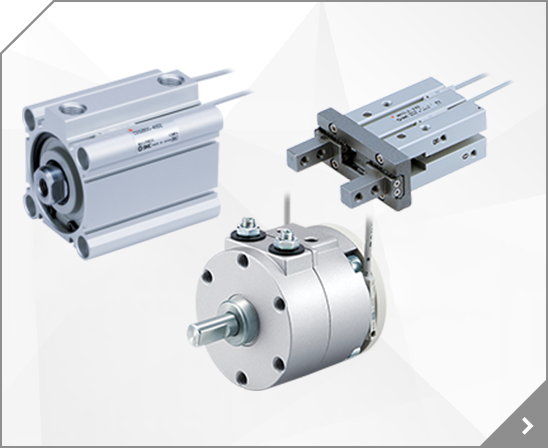
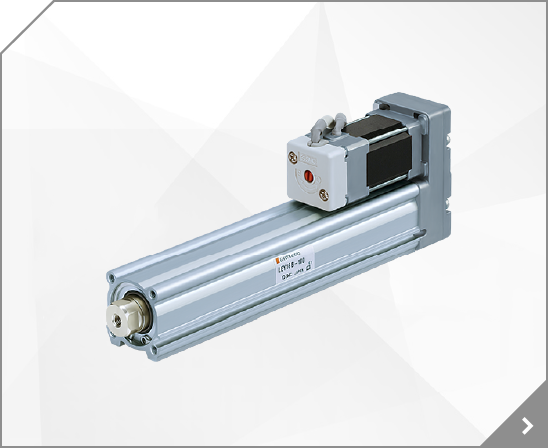
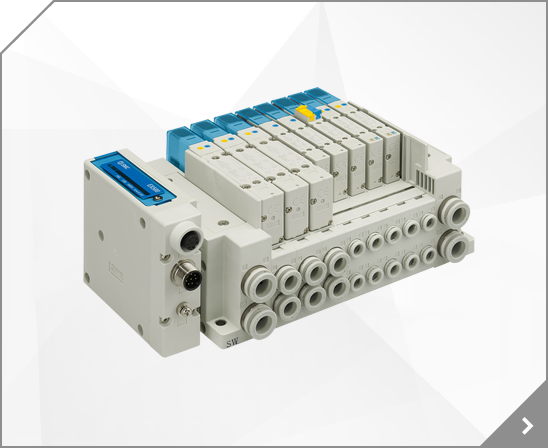
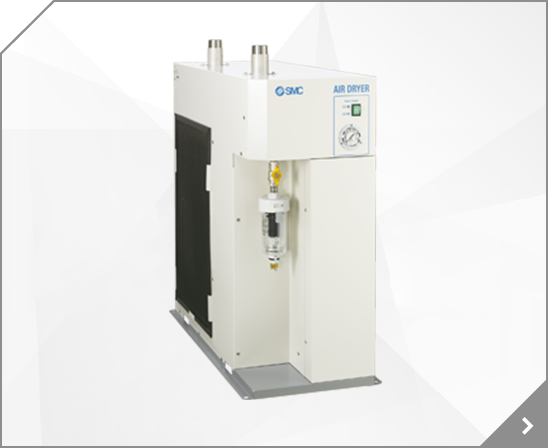
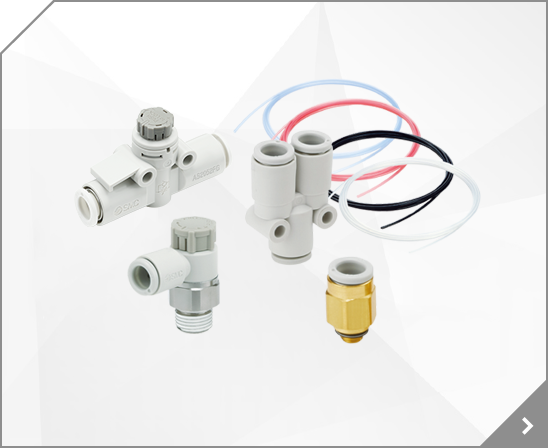
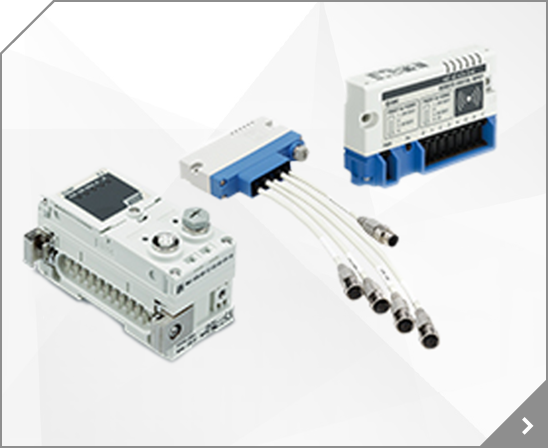
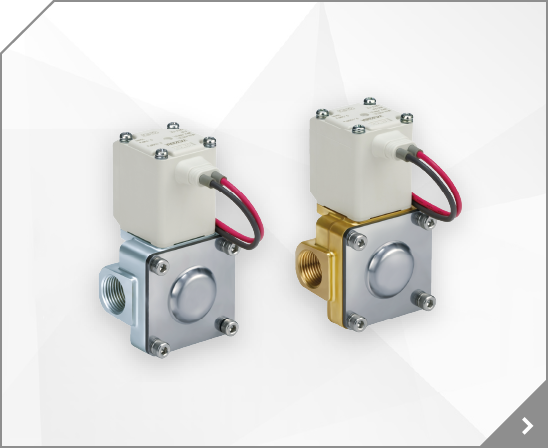
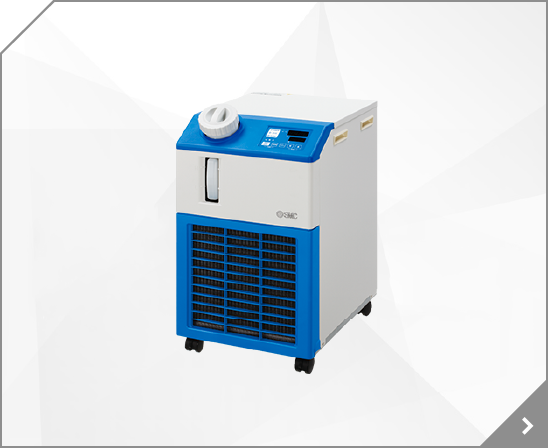
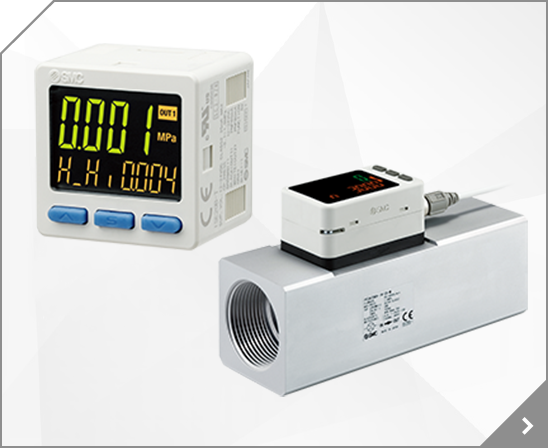
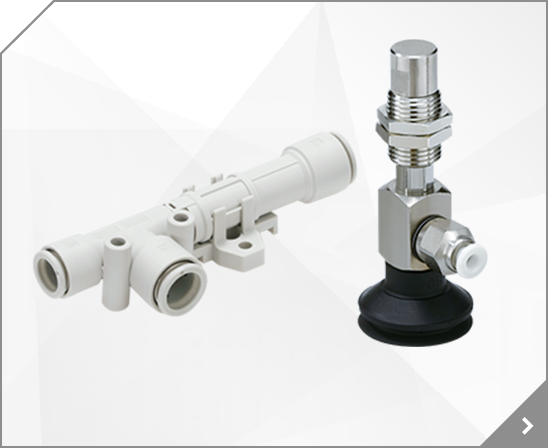

 Magnetically Coupled
Magnetically Coupled